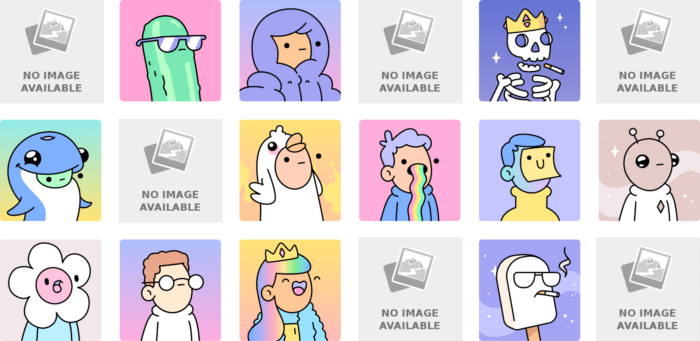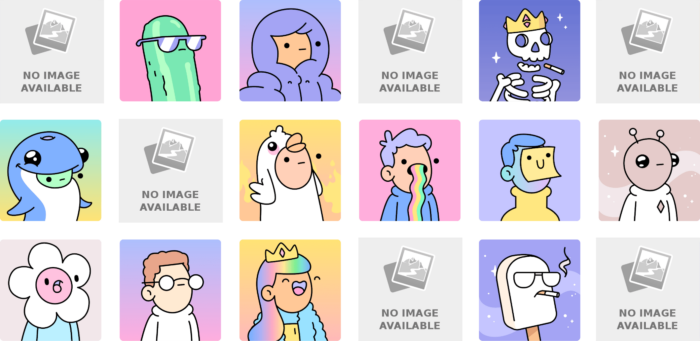Fun Fact: NFTs and Art Are Two Entirely Different Things
Not to sound like a non-fungible naysayer, but NFTs aren’t actually art. That’s the honest truth of the matter. While art is undoubtedly one of the most robust use-cases for NFTs, there’s a reason that legacy art institutions and even the powers that be at Wikipedia continue to dispel the correlation between NFTs and art.
I’m not saying that the common criticisms of NFTs hold any merit — we all know that the “right-click save” argument is bogus. But there’s much more to be understood about the burgeoning blockchain-based innovation happening in the NFT space than can be pigeonholed into “crypto-art.”
Creators of all types are using NFTs to store, share, and disseminate their unique intellectual property (IP). Beyond art, NFTs are used by scientists, healthcare professionals, game developers, and many others. The distinction between NFTs as a type of tech, and art as a single use case of that tech, has never been more important. If we hope to broaden the horizons of Web3 and onboard a more diverse assortment of people onto the blockchain, this is something we need to talk about.
The difference between art and NFTs
As we understand it, fine art, PFP, photography, and the other various forms of visual NFTs all fall into the “art” category of the NFT space. It’s no surprise that this is the most popular and profitable sector of the NFT market, as art continues to be the NFT use case that finds media attention through ground-shaking sales figures. Yet, as previously mentioned, art is only one use case for NFTs, and one misunderstood at a fundamental level.
Whether or not an artist decides to mint one of their pieces as an NFT, the art will always exist independently of that NFT. And if the art one day just completely disappeared — which has happened before — the NFT would still remain intact and unfazed, cozily tucked in its block of origin.

So, art and NFTs are fundamentally different. Even in the case of digital art, there is a divide between token and media. So let’s consider an NFT as the culmination of these two unique parts: a token, and its media.
Put simply, an NFT is a blockchain token that is represented visually (or audibly) through a media file. This can be a picture, GIF, video, song, PDF, whatever. That Bored Ape you missed out on buying back in summer 2021? It’s a token and a picture of a cartoon ape. In this way, a token seems mutually inclusive with its media, but in actuality, these two parts are very different entities.
An NFTs token is not coupled with its media. While the token itself exists on the blockchain, the media lives elsewhere and, in contrast with the token, is quite vulnerable to degradation. This means the media file could disappear, leaving only the token behind.
How an NFT works is, while the token is stored immutably on the blockchain, its digital image files are often stored via a distributed sorting system like the InterPlanetary File System (IPFS for short). These types of systems were created for storing and accessing files, websites, applications, and data. Systems like IPFS exist somewhere between centralized file servers and peer-to-peer file-sharing services, allowing users ease-of-access to digitally stored files.
2/ Here’s a sneak peek
48% of the top NFT collections on Ethereum by trading volume use IPFS for their metadata storage. Centralised servers are a close second at 39% pic.twitter.com/na4Y7D4Sjz
— Kofi (@0xKofi) April 21, 2022
But file storing isn’t free: If the user isn’t paying for it, someone else is. And just as website admins must pay for their sites and media to be stored on servers, NFT platforms must pay to have JPEGs stored via IPFS. This means that when collectors purchase an NFT, they are depending on a marketplace to pay storage fees so that the media files don’t disappear.
All this to say that, fundamentally, NFTs are a token and a type of technology, while art — and the expression of human creativity — exists independently of that technology. The same case can be made for NFT gaming, music NFTs, literature NFTs, and others. While blockchain technology is constantly leveling up, the fact of the matter currently is that an NFT token and its media are two different things.
The importance of the distinction
Some might argue that the difference between art and NFTs is just semantics, and that the storage method doesn’t matter in the grand scheme of crypto-art. But unlike other forms of art, NFTs have a fatal flaw. While someone would be hard-pressed to destroy a famous painting or steal a prominent piece of digital art, NFT media, through nothing more than negligence, could cease to exist.
The need for change is apparent, as even those like the revered NFT writer and builder Jason Bailey have been outspoken on the problem while working to create solutions. For NFTs to be considered trustworthy as a technology, and perhaps for traditional art folks to believe in their viability, they must live up to their purported permanence in more ways than just through a token ID.
We understand the NFT ecosystem exists at the intersection of tech, finance, and art, but it’s become difficult to ignore the fact that these three sectors do not exist equally within the NFT microcosm. Rather, NFTs are a product of blockchain technology. And as blockchain-based assets, they are often represented through art (or games, movies, songs, etc.), and are given worth through their financial (and cultural) value.
The tech aspect of NFTs is often overlooked by many because the art and financial traits of NFTs are much more appealing. But the tech is what allowed art powerhouses like Damian Hirst and Tom Sachs, in addition to marketplace dominators like XCOPY and Beeple, to truly flourish.
Of course, NFTs are holistically about much more than just money, art, and the other traits and buzzwords that keep them in mainstream media. But for blockchain-powered Web3 to continue to live up to its potential, misconceptions that conflate NFTs with art are worthy of correction.
The post Fun Fact: NFTs and Art Are Two Entirely Different Things appeared first on nft now.


